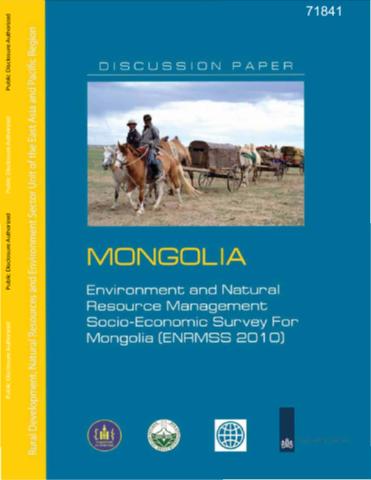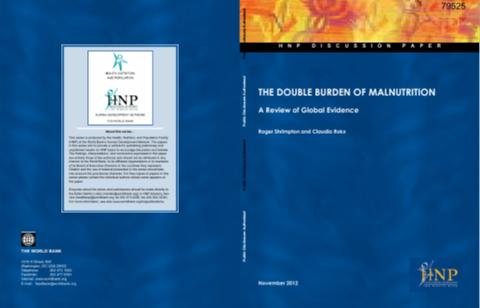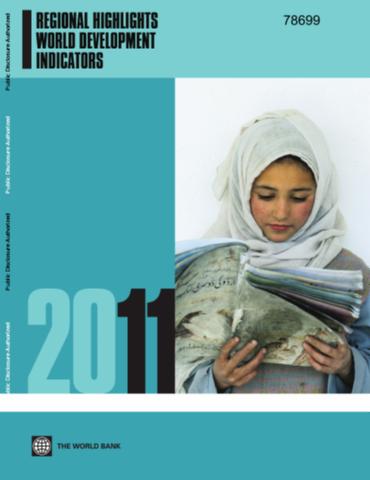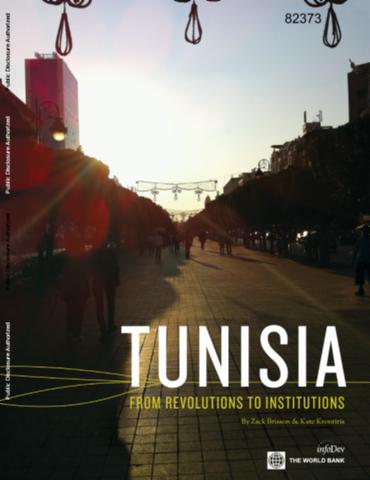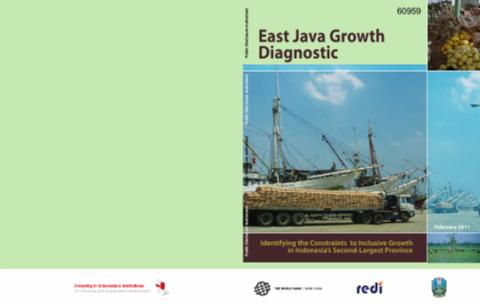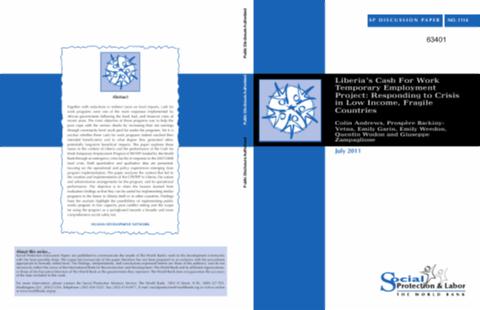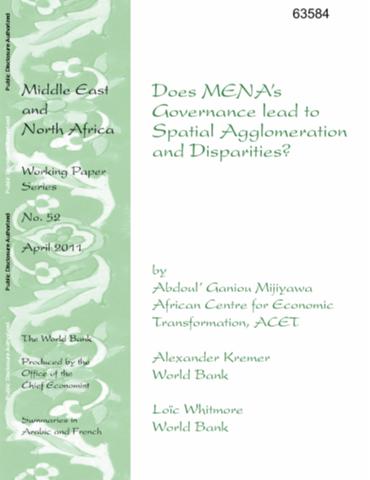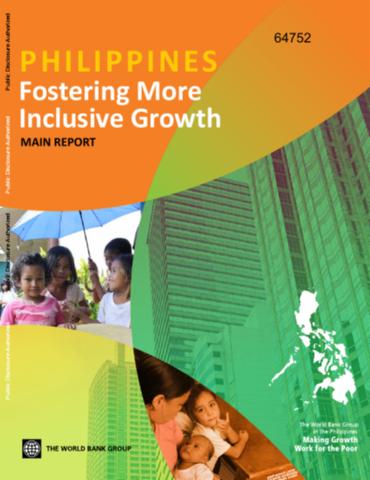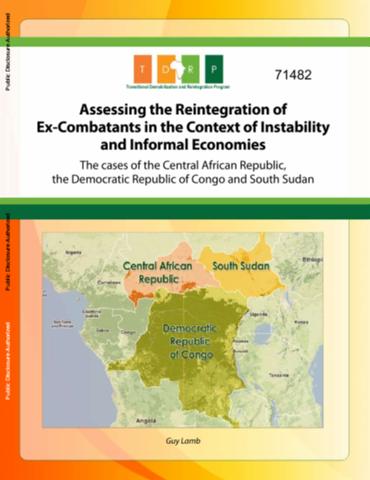The Impacts of Economic Crisis in Mongolia
Mongolia was hit hard by the global economic recession, notably the fall in commodity prices. Gross Domestic Product (GDP) contracted by 1.6 percent in 2009 after growth of 8.9 percent in 2008. The country is narrowly specialized in production of a few primary goods with minerals comprising 70 percent of total exports. Since mid-2008, the prices of main export goods, including copper, zinc, crude petroleum, combed goat-down and cashmere dropped by close to or more than 50 percent, though prices of coal and gold held strong.


